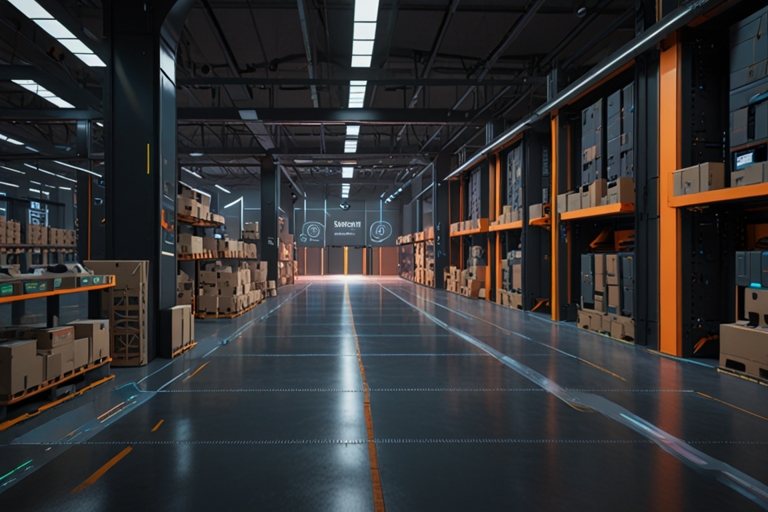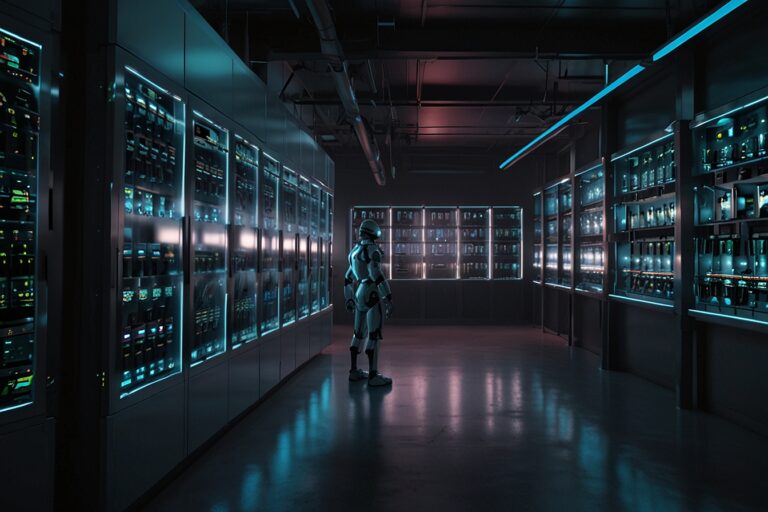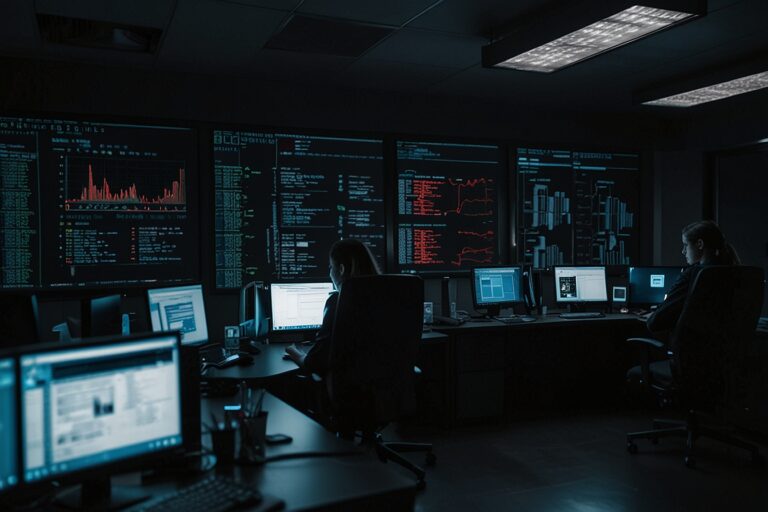
TL;DR:
- Amazon has deployed its one millionth robot, marking a major automation milestone.
- The company released DeepFleet, a generative AI model for warehouse coordination.
- Robots now support 75% of global deliveries, and the company aims to match the number of human workers with robots.
- New-generation robots like Vulcan showcase tactile sensing and dual-arm coordination.
Amazon’s Automation Journey Reaches One Million Milestone
After more than a decade of robotics integration, Amazon has officially crossed a significant threshold: its one millionth robot is now operational inside a fulfillment center in Japan. The announcement, made Monday, signifies the company’s deepening commitment to warehouse automation.
Amazon’s robotic fleet has grown steadily since it acquired Kiva Systems in 2012. According to The Wall Street Journal, the company is now approaching workforce parity, with robots soon to match the number of human employees inside its global warehouse network.
Amazon Robotics & AI Automation
| Metric | Value | Source |
| Total warehouse robots deployed | 1 million | Amazon |
| Deliveries assisted by robots | 75% | WSJ |
| Speed improvement with DeepFleet AI | 0.1 | Amazon |
| Year of Kiva Systems acquisition | 2012 | TechCrunch |
| First next-gen fulfillment center | Shreveport, LA (2024) | Amazon |
DeepFleet: Amazon’s Generative AI Model for Robotics Coordination
As part of the milestone, Amazon also introduced DeepFleet, a generative AI model designed to orchestrate robotic fleets in real-time. Trained on warehouse inventory and operations data using Amazon SageMaker, the model helps optimize navigation routes, inventory movement, and fulfillment speed.
Early results indicate a 10% boost in operational efficiency across Amazon’s robotic infrastructure. DeepFleet marks Amazon’s foray into applying foundation model architecture to industrial robotics, positioning the company as a leader in generative AI applications for logistics.
Vulcan: The Next-Gen Robot with Touch Sensitivity
In addition to AI software advancements, Amazon is deploying new hardware. In May 2025, the company unveiled Vulcan, a warehouse robot equipped with two specialized arms — one for organizing inventory and another with a camera-equipped suction cup that can “feel” the objects it grips.
This tactile sensing represents a breakthrough in robotic material handling, enabling safer and more precise object interaction — especially important in environments dealing with fragile or irregularly shaped goods.
A Decade of Robotic Evolution
Amazon’s path to robotic scale began in 2012 when it acquired Kiva Systems for $775 million. Since then, the company has expanded its automation footprint through purpose-built warehouse robotics, computer vision, and AI-driven logistics management.
By October 2024, Amazon launched its first next-generation fulfillment centers, designed to host 10 times more robots than legacy facilities. These centers, such as the one in Shreveport, Louisiana, are built with modular robot pathways and enhanced human-machine collaboration systems.
Human Workforce vs. Robotic Workforce: Are We Reaching Parity?
As Amazon continues to expand its automation capabilities, industry analysts speculate that its warehouses could soon have an equal number of human workers and robots. With robots now assisting in three out of four global deliveries, the operational landscape is shifting rapidly.
The company maintains that its robot strategy aims to augment human roles, not replace them — focusing on efficiency, safety, and speed. However, this technological balance will remain a point of discussion as automation scales.
Strategic Use of AWS and In-House AI Development
By developing DeepFleet internally using Amazon SageMaker, the company is not only advancing warehouse efficiency but also demonstrating the integration power of its cloud services and retail operations. It’s a strategic loop: data from Amazon operations helps train models that improve Amazon’s own performance.
This self-reinforcing approach also reinforces Amazon Web Services (AWS) as the go-to cloud infrastructure for industrial-scale AI and robotics solutions.
What’s Next for Amazon’s Robotics Strategy?
With one million robots and an expanding generative AI suite, Amazon is clearly investing in a future where machine learning, physical automation, and cloud ecosystems are deeply intertwined.
We can expect further developments in predictive supply chain logistics, real-time robot-human coordination, and scalable AI deployment models — all aimed at reinforcing Amazon’s dominance in fulfillment and delivery innovation.





